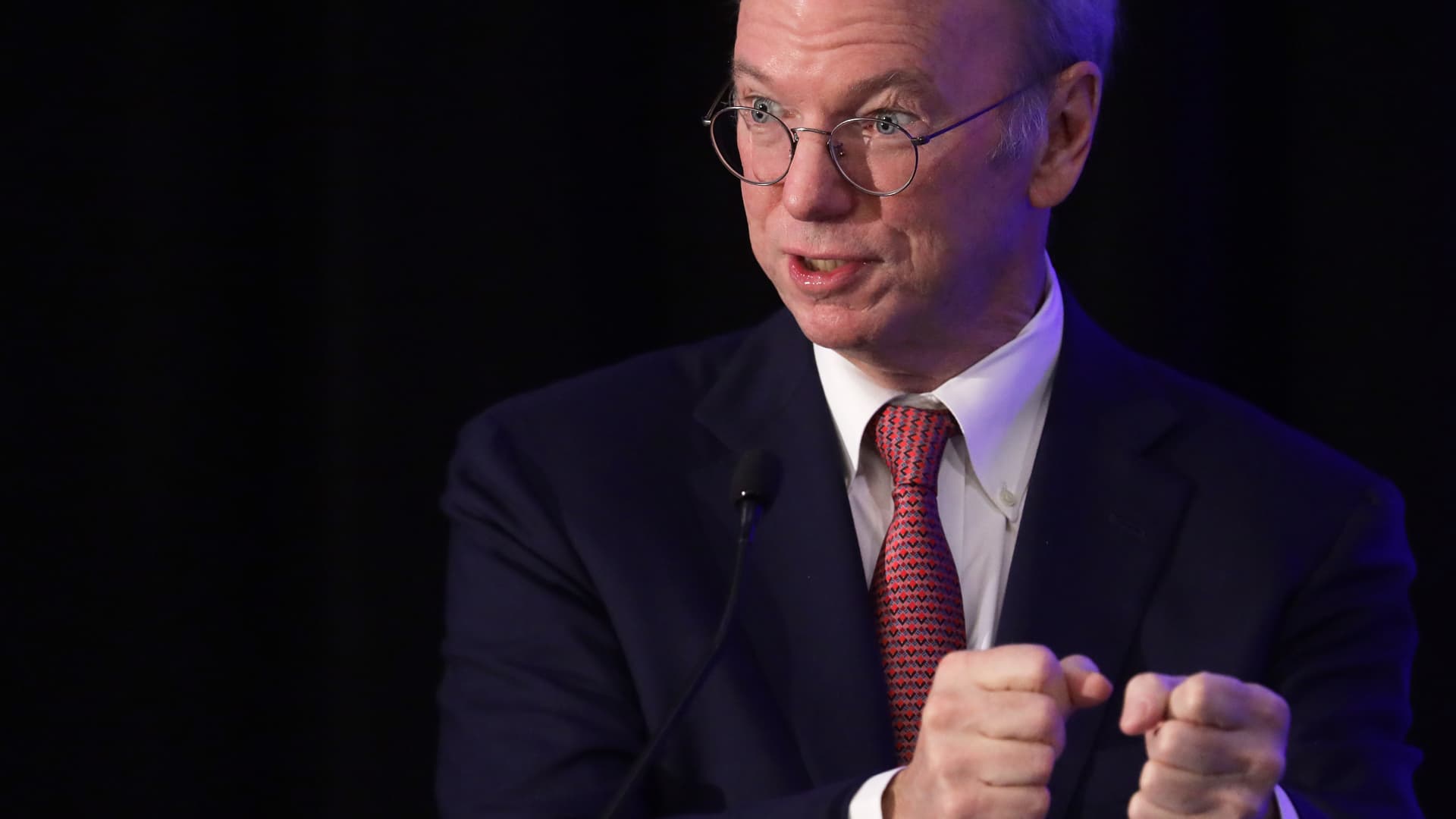The US added more than 4,000 new DC fast-charging ports in Q3 2025, pushing the total past 64,000. The country’s EV infrastructure keeps maturing, despite new station openings slowing slightly this summer.
US DC fast-charging ports expand past 64,000
According to EV charging data platform Paren’s latest “State of the US Fast EV Charging Industry Report,” the number of public DC fast-charging ports climbed to 64,486 across 12,375 charging stations nationwide in Q3 2025. That’s despite a modest slowdown in new openings: Operators added 699 new stations, down 12% from Q2, and 4,061 new ports, down 7.7%.
Paren says the dip mirrors seasonal trends seen in 2024 and expects growth to rebound in Q4, with early October data already coming in strong. The company still projects the US to add around 16,700 new ports by the end of 2025. Notably, larger charging stations are becoming the norm: 27% of all stations now have eight or more stalls, up from 23% last quarter.
Tesla dominates new ports, and the market widens
Tesla led Q3 deployments with 1,820 new ports – nearly 45% of all added nationwide. ChargePoint (300), Red E (215), Electrify America (164), and EV Connect (146) rounded out the top five. But Paren notes that smaller and regional operators collectively accounted for 21% of new ports, demonstrating how the market is diversifying.

Every state added at least one new fast-charging station this quarter. California again led the pack with 108 new sites, followed by Texas, New York, Florida, and Illinois. Upstart network Ionna, formed earlier this year by seven automakers, opened 12 new stations with 132 ports. At the same time, Michigan-based Red E jumped to third place after expanding across 18 states, including new sites at Aldi supermarkets.
Summer travel lifted fast charging demand
The summer travel season drove EV charging activity higher across almost the entire US. Fast charger use increased in 45 states, stayed flat in one, and dipped in five. Maine saw the biggest bump (+1.9 in utilization growth), followed by Montana (+1.8), New York (+1.8), and Oregon (+1.8), all reflecting busier tourism routes and expanding highway and corridor buildouts.
Paren also found signs that Tesla’s opening its Supercharger network to non-Tesla EV drivers is shifting behavior. Some non-Tesla charging stations saw slight utilization declines, suggesting a growing number of drivers are switching to Tesla’s network for convenience.
It’s all about reliability and upkeep
Paren’s “reliability index” measures charger reliability, taking into account recent successful charge sessions with and without retries, failed charge attempts, and station downtime over a specific time period.
Reliability based on Paren’s definition inched up again, from 92.1% to 92.3%. Thirty-two states improved their reliability scores this quarter, while 15 declined and four held steady. Oklahoma showed the biggest improvement (+4.4), though it still ranks last overall at 73.3%. Mississippi (91.1, +2.6) and Idaho (92.1, +2) also made solid gains, while Rhode Island (88.2, -2.7) and Alaska (96.3, -1.9) saw declines.
Paren says reliability now depends less on geography and more on operator performance, site age, and proactive maintenance. With more federally and state-funded chargers coming online, the focus is shifting from buildout to upkeep. Operators investing in preventive maintenance, faster outage response, and top-quality software integration will be best positioned to keep drivers happy.
Average fast-charging prices rose by a penny
Nationwide average pricing rose by a penny in Q3 to $0.49 per kilowatt-hour, with most states falling between $0.48 and $0.54. Hawaii remains the priciest at $0.85/kWh, while Nebraska is the cheapest at $0.42/kWh. Several charge point operators offered summer discounts and promotional rates, but Paren found no clear link between lower prices and higher use.
A few states saw notable price swings: Alaska jumped $0.04, while Arkansas dropped $0.05 and Hawaii fell $0.07. The jury’s still out on whether rates continue rising post-summer; that will depend on wholesale electricity costs, demand trends, and competition among networks.
Electrek’s Take
Paren’s Q3 snapshot shows a maturing charging market: slightly slower but steady growth, improving reliability, and broader competition. Tesla’s Superchargers are still leading the pack when it comes to the volume of new ports being rolled out. Still, the fast charging landscape is expanding with more regional players and multi-port hubs with both NACS and CCS capability across the map. A big priority now is to keep those chargers working and affordable as more people switch to EVs.
Read more: The US added 4,200 new DC fast charging ports, and that’s just Q2

The 30% federal solar tax credit is ending this year. If you’ve ever considered going solar, now’s the time to act. To make sure you find a trusted, reliable solar installer near you that offers competitive pricing, check out EnergySage, a free service that makes it easy for you to go solar. It has hundreds of pre-vetted solar installers competing for your business, ensuring you get high-quality solutions and save 20-30% compared to going it alone. Plus, it’s free to use, and you won’t get sales calls until you select an installer and share your phone number with them.
Your personalized solar quotes are easy to compare online and you’ll get access to unbiased Energy Advisors to help you every step of the way. Get started here.


FTC: We use income earning auto affiliate links. More.



![Yes, an EV really CAN power your home – if it’s one of these [update] Yes, an EV really CAN power your home – if it’s one of these [update]](https://i0.wp.com/electrek.co/wp-content/uploads/sites/3/2024/03/Polestar-3-price-US.jpg?resize=1200%2C628&quality=82&strip=all&ssl=1)




